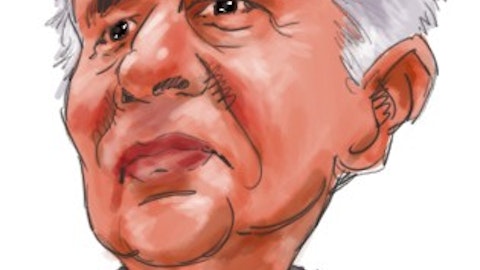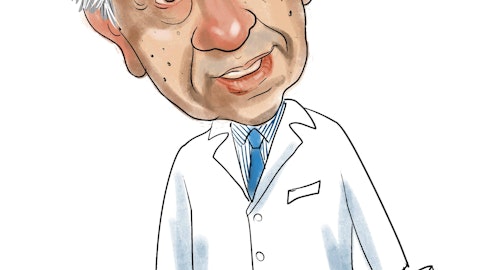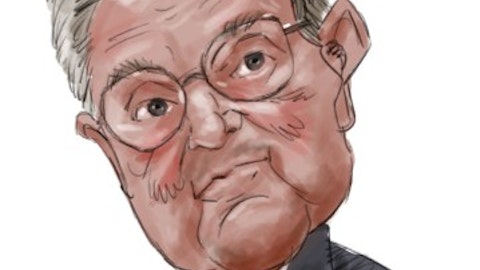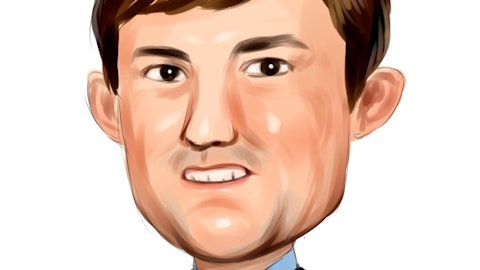The Healthcare Information Technology (HCIT) sector has traded well into the 30.0x forward multiple range in the past given White House support for a move toward electronic medical records, cost cutting, and initiatives focused on technological advancement. WebMD (NASDAQ:WBMD), which runs WebMD.com and Medscape.com, does not exactly operate in the EMR or cost management space, but it does provide healthcare information. Its websites serve as touchpoints to both consumer and physicians, which is valuable to advertisers. So, with such a focus on the digital realm, why is WBMD’s stock down almost 40% YTD?
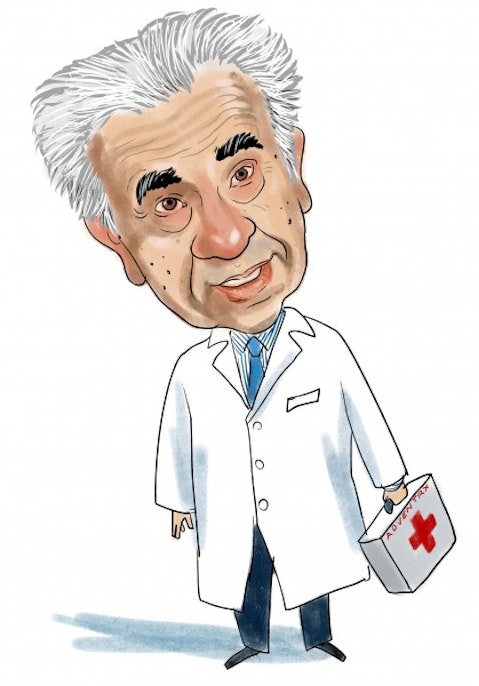
For starters, the company does not currently have a CEO. The resolution of the ongoing search is a meaningful catalyst, and frankly the only catalyst of significance we identify. The company needs to hire someone with execution experience and an innovative vision. A dominant question on our minds is whether the company wants to focus on financial engineering or to focus on rebuilding the brand. The CEO search will demonstrate what the Board thinks of the company’s direction and potential.
The other event of note is the company’s tender offer to repurchase $150 million of shares, announced in late February. In accordance with the offer, WBMD accepted ~5.8 million shares (10.2% of shares outstanding) of its common stock at $26 per share for an aggregate cost of $150 million. The tender was oversubscribed, with 12 million shares tendered but not purchased. To us, this means that 33% of WMBD investors would be content to sell their positions at $26 per share. So, the 12 million tendered but unpurchased shares will likely serve as an overhang on the stock for the short-term. We see the oversubscription as investors losing faith and/or patience in the company’s future. This has likely played a role in the 10% decline in price since the announcement of the results of the tender offer on April 4.
Competitor Everyday Health (private) reported 2011 year-end results recently. Its strong overall results, particularly on revenue growth, contrasts to lackluster performance from both WBMD and publicly-traded competitor, Epocrates (NASDAQ: EPOC). Positive results were driven by 30% y-o-y growth in advertising and sponsorship, which saw support from consumer packaged goods and pharmaceutical industries. Compare that to the 6.8% y-o-y growth at WBMD and 14.5% y-o-y growth in service revenues at EPOC. Note that WBMD appears to struggle in gaining new advertisers for its site; “Cymbalta continues to represent at least 50% of the ‘Health Solutions From Our Sponsors’ section of WebMD.com.” Even more impressive than Everyday Health’s revenue growth was the ~40% physician growth. Again, these results blow WBMD’s and EPOC’s out of the water, 7.9% y-o-y and 9.3% y-o-y, respectively. Regarding market penetration, Everyday Health’s is not readily discernible but analysts estimate EPOC’s to be 50+% and WBMs FY11 market penetration to be 24%-plus.
We share the market’s rather bearish stance on WBMD. Shares trade at forward EBITDA multiples of ~10.1x and ~8.9x for 2012 and 2013 versus 9.6x NTM consensus. FY2012 guidance was below consensus—revenue and EBITDA midpoints of $518 million (-7% y-o-y) and $113 million (-38% y-o-y), respectively. In theory, WBMD is well-positioned to capitalize on the trend of increasing online pharmaceutical advertising. This trend is not going away, and hedge fund managers Michael Lowenstein, John Burbank, Glenn Krevlin, and Carl Icahn, all holders of the stock, know this. However, the company’s execution has not produced strong results. WBMD should take some notes from Everyday Health’s playbook, in particular, implementing post-advertising campaign analytics and ROI measurements. The only meaningful upcoming catalyst we see is an end to the CEO search. If the WBMD is not able to find someone to refocus and strengthen the brand, we would not be surprised to see the company cede further market share to competitors. Thus, we do not recommend WBMD at this time.
